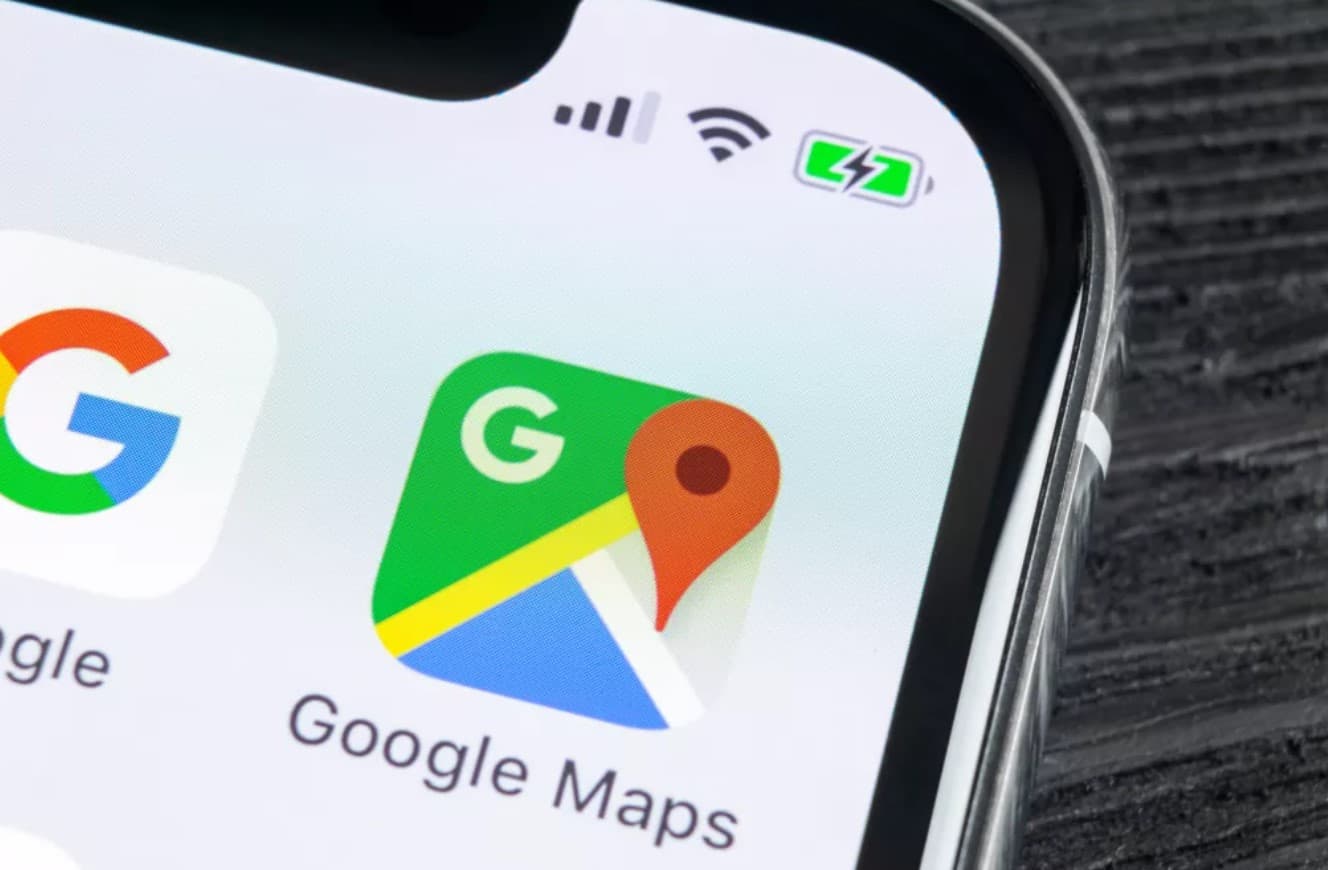Last year Google Maps announced that it was launching a new “eco-friendly routes” feature, designed to reduce your fuel consumption. It sounds like that feature is getting an update that should make it even more efficient — and save you more money in the process.
According to 9to5Google’s(opens in new tab) teardown of the latest Google Maps beta, the app is going to let you choose the kind of car you drive. That way Google Maps can take it into account, and generate the most energy-efficient routes it can.
Those options include gasoline, diesel, electric and hybrid — all of which drive the most efficiently in different conditions. So the most efficient route for a car running on gasoline won’t be the same as one with a hybrid drivetrain or a diesel engine.
While gas prices have slowly started going down over the past few weeks, the prices are still pretty outrageous. According to AAA(opens in new tab), the national average is sitting at $4.577 per gallon at the time of writing. That’s almost 50 cents less than a month ago, but $1.50 more than the average this time last year.
While it pays to know how to find cheap gas, drivers everywhere should want to improve their gas mileage as much as possible. Using Google Maps fuel-efficient routes is one way to help, and this update should help make each gallon of gas stretch even further than before.
Electric car drivers may not be affected by rising gas prices, but they also have a vested interest in running their car more economically. The more distance you can squeeze out of the battery, the better the car’s range will be — which means less time spent recharging.
Electricity prices have also risen, albeit not nearly as high as gasoline, so this move will save EV owners some dollars as well.
Google Maps’ eco-friendly routing is switched on by default, so you won’t need to go into the settings to activate it. But from the sound of things you’ll have to specifically tell the app what kind of car you drive once this feature rolls out.
It’s not clear when that rollout might be. 9to5Google notes that the latest beta version of the app only has the preparations for specifying your engine type. That means it is still unavailable to everyone — even beta testers. Here’s hoping it arrives pretty soon, because it’s the kind of feature everyone can benefit from.

